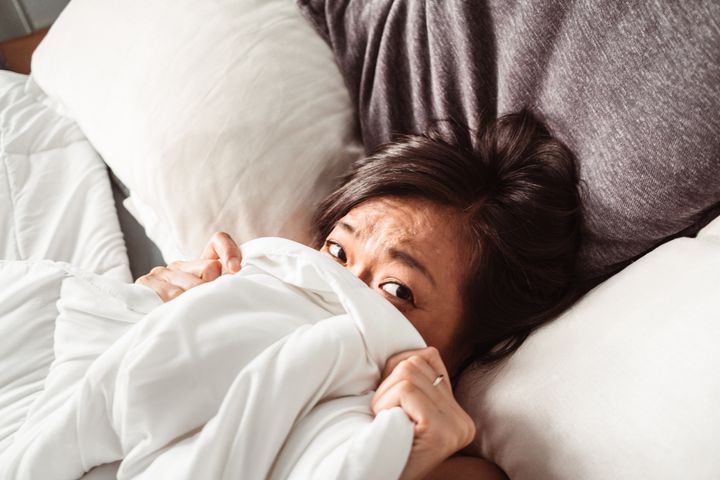
No matter how high the thread count or how lovely the pattern, your pillowcase can be home to some serious gunk, grunge and general debris. Changing your sheets, which experts say should be done every one to two weeks, may not be a top priority. But if you want to be truly kind to yourself ― or at least to your face and your head ― you should be changing your pillowcase every week, no matter what.
Not convinced yet? OK, but this is about to get gross. Don’t say we didn’t warn you.
There are dust mites in your pillowcases. And also dust mite poop.
You’ve got a good head on your shoulders. But along with the rest of you, it’s always shedding dead skin cells. So when you lay your head in the same spot every night, those dead skin cells pile up. And if you think that’s gross, that’s just the beginning. Those cells, it turns out, are the favored snack of microscopic dust mites, which feed off your delicious bits of dead skin right where you’re sleeping.
If you think you don’t have dust mites in your house, think again, said Dr. Heather Woolery-Lloyd, a board-certified dermatologist. “Dust mites are common in most households, and the harmful allergens they create come from fecal pellets and body parts,” she told HuffPost. Yes, this means dust mites are holding nightly picnics on your pillowcase, then leaving behind a trail of poop and carcasses for you to roll your face around in.
Mucus, dandruff, ear wax and saliva, oh my
But wait, there’s more. According to Mary Begovic Johnson, Procter & Gamble’s fabric care principal scientist, you can’t blame everything on those mites, because you’re somewhat to blame, too. “Our bodies produce soils, which can get transferred to pillowcases, sheets, clothes, towels and other fabrics,” she explained. “Up to 70% of soils on your pillowcase are invisible body soils and dirt.” She said we produce a lot of this euphemistically named “soil” every day. The average daily human output is 1 liter of sweat, 10 grams of salt, 40 grams of grease/sebum and 2 billion dead skin cells.
“It gets worse when you think about the additional soils produced by your face and hair, like mucus, dandruff, earwax and saliva,” she said. “There can be even more residue if you’re wearing makeup, facial moisturizers, sunscreens or hair care products that can rub on your pillowcase.”
What all this crap can do to your skin
All that gunk can gang up on your complexion, which is why pillowcases were invented in the first place. “If you slept on a ‘naked’ pillow, it could build up and transfer back to your skin, which can cause irritation and breakouts,” said Michelle Wong, a science educator with a Ph.D. in chemistry and the person behind the Lab Muffin blog.
And things aren’t any better if you have a pillowcase but don’t wash it. “Soiled pillowcases can lead to breakouts, especially if you’re prone to acne or have sensitive skin,” Johnson said.
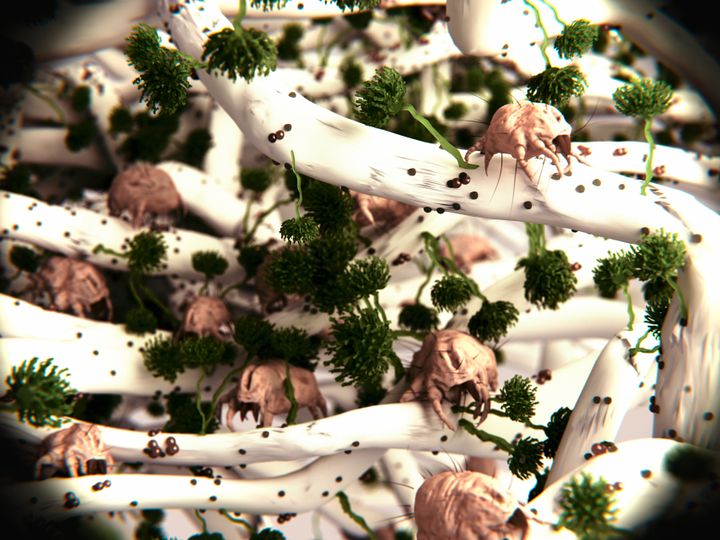
If you live with — and, more importantly, sleep with — a pet, you’re piling on more potential irritants. “Pet hair and dander on pillowcases can aggravate allergies and eczema in people who are predisposed to those conditions,” Woolery-Lloyd said. “You should definitely wash pillowcases more frequently if you sleep with a pet.”
If you can’t see the crud, try smelling it
Still unconvinced about the need for a weekly wash? Johnson recommends a smell test. “If your pillowcases look clean, but smell bad, it means they’re not truly clean,” she said. “Stink and odor are caused by body soils that are invisible to the naked eye, but not to our noses.”
If you don’t want to compound the problem, a weekly wash is a good idea. “Greasy body soils and dirt can become embedded between the fibers of your pillowcases, especially if they’re washed infrequently,” Johnson said. “That’s why we recommend washing them with a deeper-cleaning detergent.” She recommends a Procter & Gamble product, Tide Power Pods Hygienic Clean Heavy Duty 10X Concentrated Laundry Detergent Pacs.
Your best bets for pillowcases
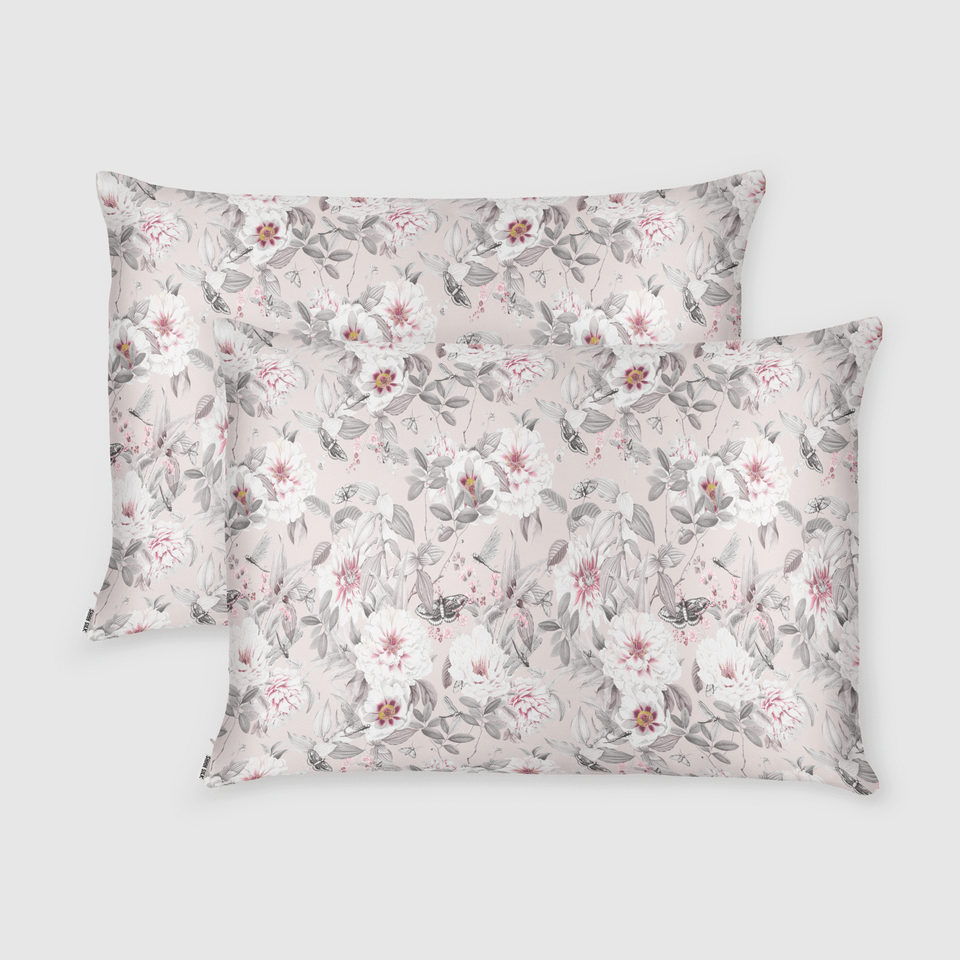

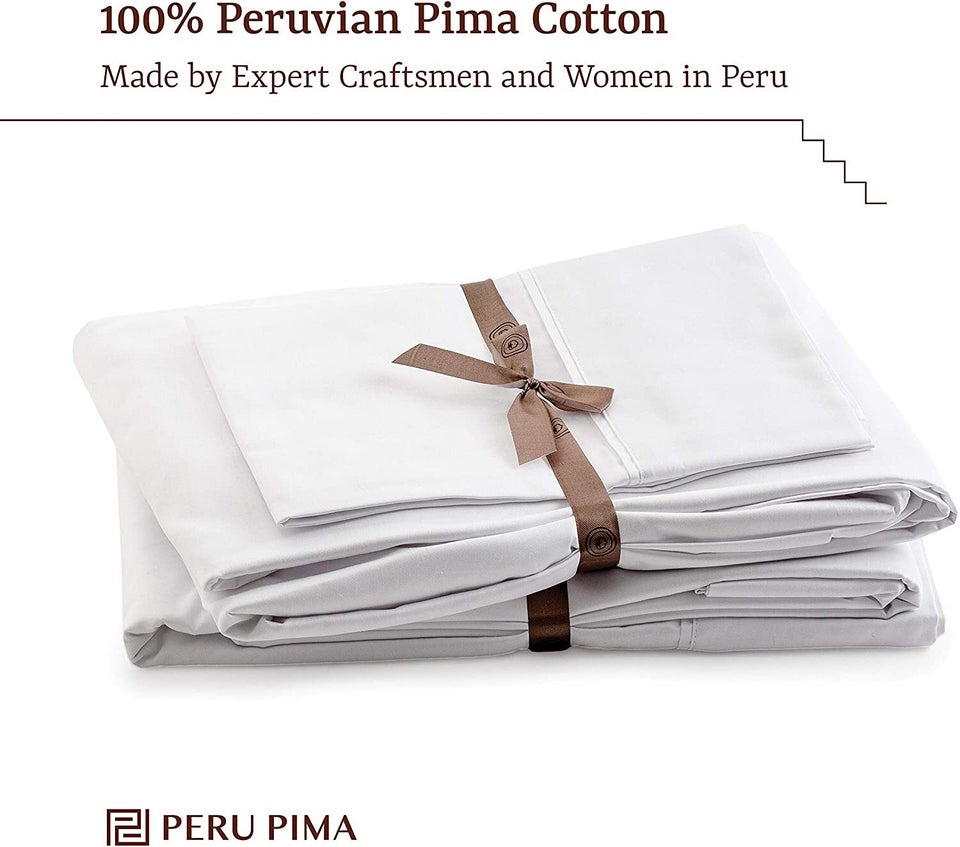
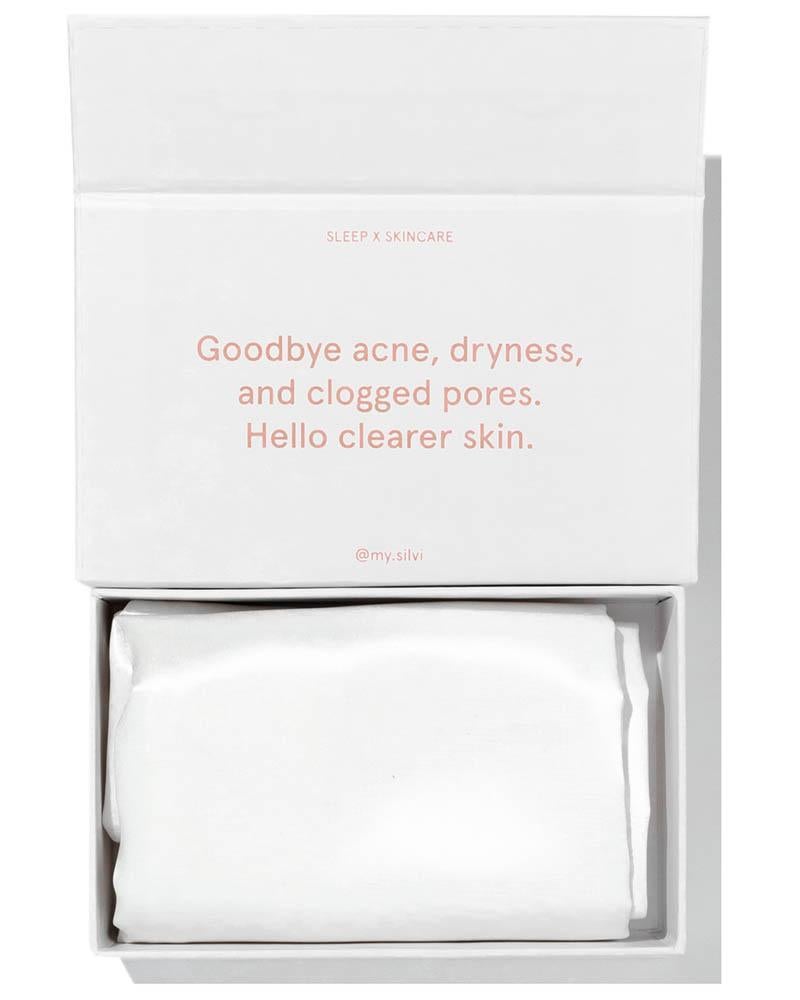

HuffPost may receive a share from purchases made via links on this page. Prices and availability subject to change.